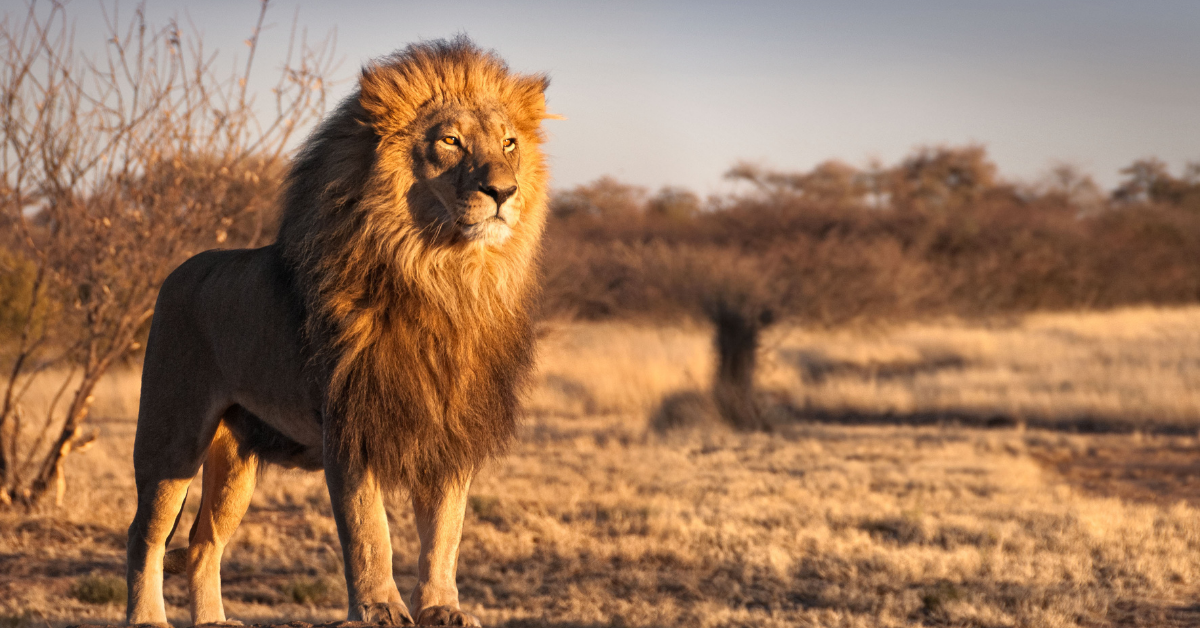
GEOGRAPHIC RANGE: 28 African countries– mainly central and southern Africa. HABITAT Savannah, meadows, and woods. LIFESPAN 10-16 years in the wild Up to 30 years in captivity. WEIGHT 110– 250 kg WILD POPULATION: 20,000 individuals.

GEOGRAPHIC RANGE: 28 African countries– mainly central and southern Africa. HABITAT Savannah, meadows, and woods. LIFESPAN 10-16 years in the wild Up to 30 years in captivity. WEIGHT 110– 250 kg WILD POPULATION: 20,000 individuals.

The cheetah (Acinonyx jubatus), the jaguar (Panthera onca), and the leopard (Panthera pardus) are three species of cats characterized by yellow or tawny fur with spots and are considered big cats. Because of their physical resemblance, they could be confused with one another.

Historically, the cheetah (Acinonyx jubatus) was widely distributed throughout Africa and Asia. And could be found in past in 38 nations of Africa. A survey found that there were about 7,000 to 23,000 cheetahs living in Africa in the early 1970s. During the last decades, its distribution has shrunk dramatically and is currently confined to only 9% of its previous range, with an estimated 7,100 adult and juvenile individuals.

In the wild, predator-prey interactions are central to the evolution and structure of ecological communities, and in this context, cheetahs have evolved the ability to run at high speeds to capture prey. The cheetah is the fastest land mammal in the world. Cheetahs have a top speed of over 110 km/h. 100m sprint in about 6 seconds.

The adult cheetah weighs 35–72 kg (77–160 lb). The total length of their head and body ranges from 110 to 150 cm (43 to 59 in), while their tail can measure from 60 to 84 cm (24 to 33 in). Shoulder size is 66 to 94 cm (26 to 37 inches). Males are slightly larger than females and have a bit larger heads, but there are not many Cheetahs that vary in size and it is difficult to differentiate males from females only by the way they look.

Cheetahs are distributed throughout Africa and hence inhabit different types of habitats. Habitat of a cheetah includes sparse sub desert, steppe, and medium to long-grass plain is what they prefer. Widely, but sparsely, distributed from Senegal to Somalia (both countries where their status is unclear) and south to South Africa, with small, isolated populations existing in Morocco, Algeria, and Egypt.

The lions and hyenas have been reported to greatly influence the distribution of cheetahs. However, the cheetah’s worst enemies are the degradation of suitable habitat, an insufficient supply of prey, and the species’ low genetic diversity. Groups of Cheetahs are less likely to be harassed by most predators than are single animals. Cheetah mothers are unable to defend small cubs against Lions that are four times their weight.

Scientific Name of Cheetah: Acinonyx jubatus Conversational Status: Vulnerable (Critically Endangered: North Africa and Asia) Body Length: 112 to 135cm Wild Population: < 7000 Weight: 28 to 60kg Gestation: 95 days Number of offspring: 1 to 8 Habitat: Grasslands, savannas, dense vegetation and mountainous terrain. Distribution areas can extend over 1000 square kilometers.

Prey consists principally of small- to midsized ungulates, usually weighing less than 40 kg: however, body weights of prey have a large range, from the calves of African Buffal o Syncerus caffer and Giraffes Giraffa camelopardalis to ground-living birds and small mammals, including hares, porcupines, rats and guineafowl.

The largest of Africa’s carnivores, and second-largest member of the family Felidae (after the Tiger Panthera tigris), standing as much as 1.25 m at the shoulder. Body muscular and deep-chested; head relatively short-muzzled and round-faced with prominent whiskers and white chin. Aside from the Asian tiger, lions are the largest living cats and the largest living African predator.